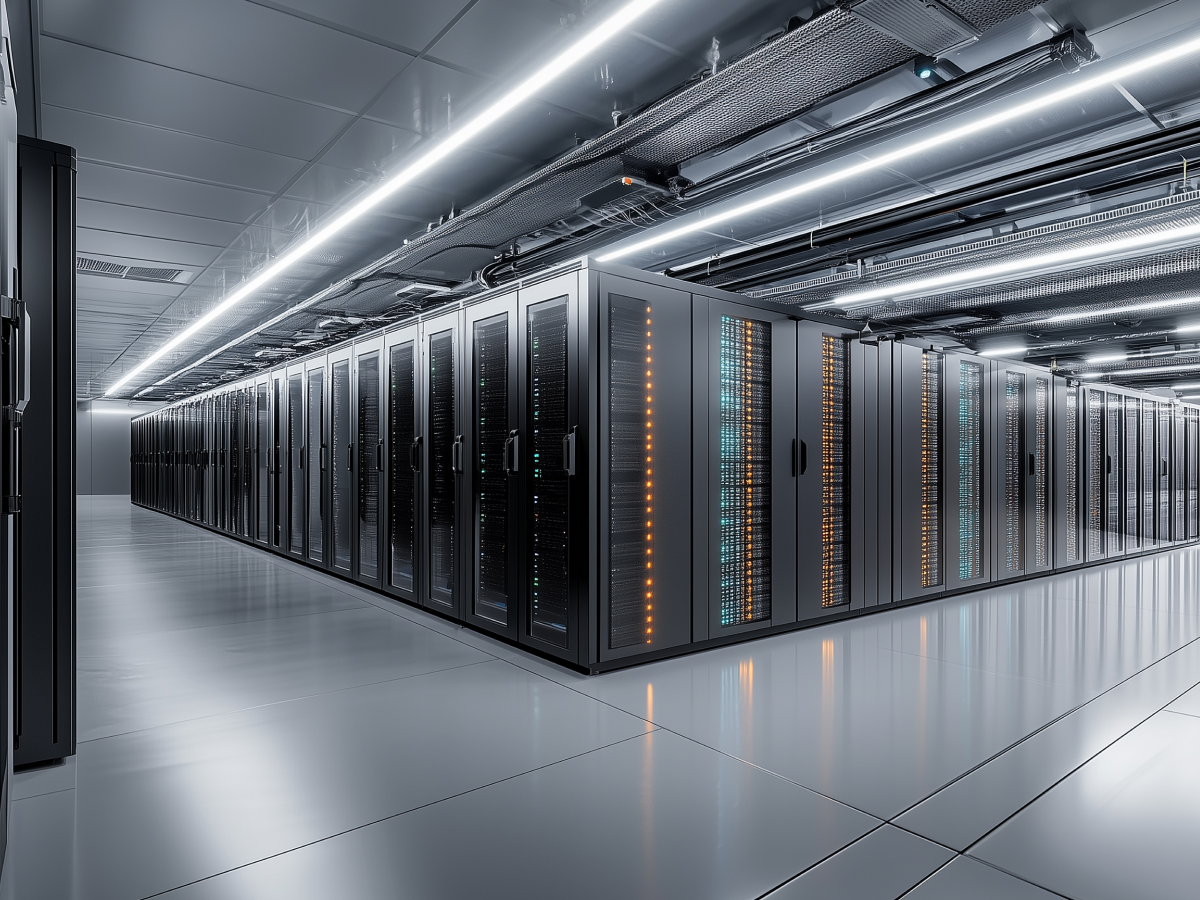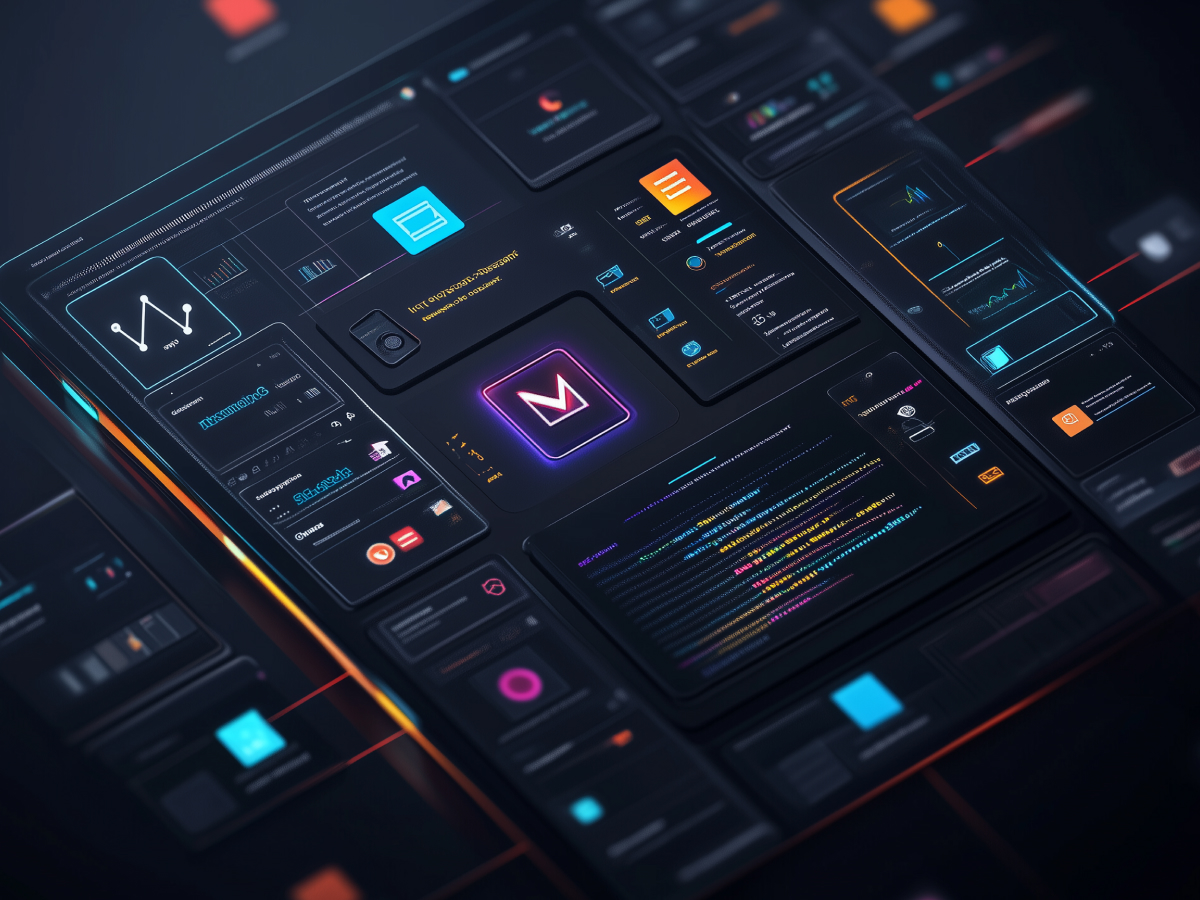Open source has been a fundamental force driving innovation and collaboration. However, as we step into 2024, it becomes increasingly evident that open source needs to catch up with the rapid advancements in cloud computing and artificial intelligence (AI) technologies. The traditional principles and licensing models that have guided open source for decades are struggling to keep pace with the transformative changes in how technology is developed, distributed, and utilized.
Cloud computing and open-source
Mismatch between open source licenses and cloud services
One of the most pressing issues facing open source in 2024 is the mismatch between traditional open-source licenses and cloud services. The way open-source licenses were conceived and designed does not align with the realities of cloud-native applications. Companies like MongoDB, Neo4j, and Elastic have grappled with challenges when trying to distribute their cloud services under existing open-source licenses.
The core of the problem lies in cloud services. Unlike traditional software distribution, where you download and install software on your infrastructure, cloud services are hosted and maintained by third-party providers. This fundamental difference creates a rift between the spirit of open source, which encourages free access to source code, and the practicalities of cloud services, which often involve complex infrastructure and operational costs.
Inadequacy of existing approaches
The Open Source Initiative (OSI), the organization responsible for overseeing the Open Source Definition (OSD), has struggled to adapt its definition to the realities of cloud-native applications. While the Affero General Public License (AGPL) was introduced as an attempt to address some of these challenges, it falls short in the context of the cloud. The AGPL requires service providers to share their modified source code when offering the software as a service, but it does not address the broader complexities of cloud services.
To make open-source licenses relevant in the cloud era, there’s a pressing need for an updated Open Source Definition that can bridge the gap between the traditional principles of open-source and the unique characteristics of cloud services. The current OSD, formulated in a pre-cloud era, is no longer sufficient to govern the distribution and usage of software in today’s technological landscape.
Need for an updated open-source definition
To address the challenges posed by cloud computing, the tech community must work collaboratively to redefine open source in a way that aligns with modern software distribution methods. Traditional open-source licenses were based on the assumption that software would be distributed and modified in a certain way. However, in today’s world, most software is not distributed as standalone packages but as cloud services, containers, and microservices.
This shift calls for definitions that reflect the reality of modern software distribution. The updated Open Source Definition should provide guidelines and principles that accommodate the nuances of cloud-native applications while preserving the essence of open-source collaboration and access to source code. It’s a complex task, but one that is essential to ensure the continued relevance of open source in the realm of cloud computing.
AI and open source
Open source’s limited application in AI
While open source has been instrumental in the development of software, its application in the field of artificial intelligence (AI) faces unique challenges. AI’s rapid advancement has blurred the lines between what constitutes ‘code’ in traditional open-source terms. In AI systems, the source code is no longer confined to lines of programming instructions; it encompasses a complex web of components.
Challenges in defining ‘code’ for AI
The primary challenge lies in defining what constitutes ‘code’ in AI. AI systems comprise not only algorithms and programming logic but also training data, neural network architectures, and the weights of these models. The training process itself involves vast amounts of data and complex mathematical operations, making it difficult to draw a clear boundary between ‘code’ and ‘data.’
Complexities of licensing in AI
Licensing AI systems under traditional open-source models presents a myriad of challenges. There’s an ongoing debate about whether licenses should focus on the architectural aspects of AI, the weights of pre-trained models, or both. The nature of AI development, which often involves fine-tuning and transferring learning from existing models, further complicates the application of conventional open-source licenses.
The need for transparency and access to AI models is undeniable, as it promotes innovation and prevents the concentration of power in the hands of a few tech giants. However, finding the right balance between openness and protecting the commercial interests of AI developers is a complex endeavor.
Urgent need for OSD revision
Recognizing the intricacies of applying open source principles to AI, the Open Source Initiative (OSI) has a pivotal role to play in redefining the Open Source Definition (OSD) for this evolving field. The OSI must actively engage with the AI community and industry stakeholders to create licensing models and definitions that strike the right balance.
The urgency of this task cannot be overstated. As AI continues to permeate various industries, its impact on society grows. Ensuring that AI development remains collaborative, ethical, and accessible is of paramount importance. The OSI’s efforts to revise the OSD for AI will shape the future of AI development, determining how AI technologies are shared, used, and evolved.
A call for action
The traditional open source principles and licensing models that served us well in the past are showing signs of strain in these modern technological domains. It’s the responsibility of the Open Source Initiative (OSI) and the broader tech industry to take proactive steps to redefine open source for the current era. This redefinition is not a luxury but a necessity to ensure that open source remains relevant and effective in the realms of cloud computing and AI.
As we tackle the complexities of cloud-native applications and the rapidly developing AI space, a revised Open Source Definition that addresses these challenges is a must. It must preserve the spirit of collaboration, transparency, and accessibility that has been the hallmark of open source, while also accommodating the unique characteristics of these emerging technologies.




